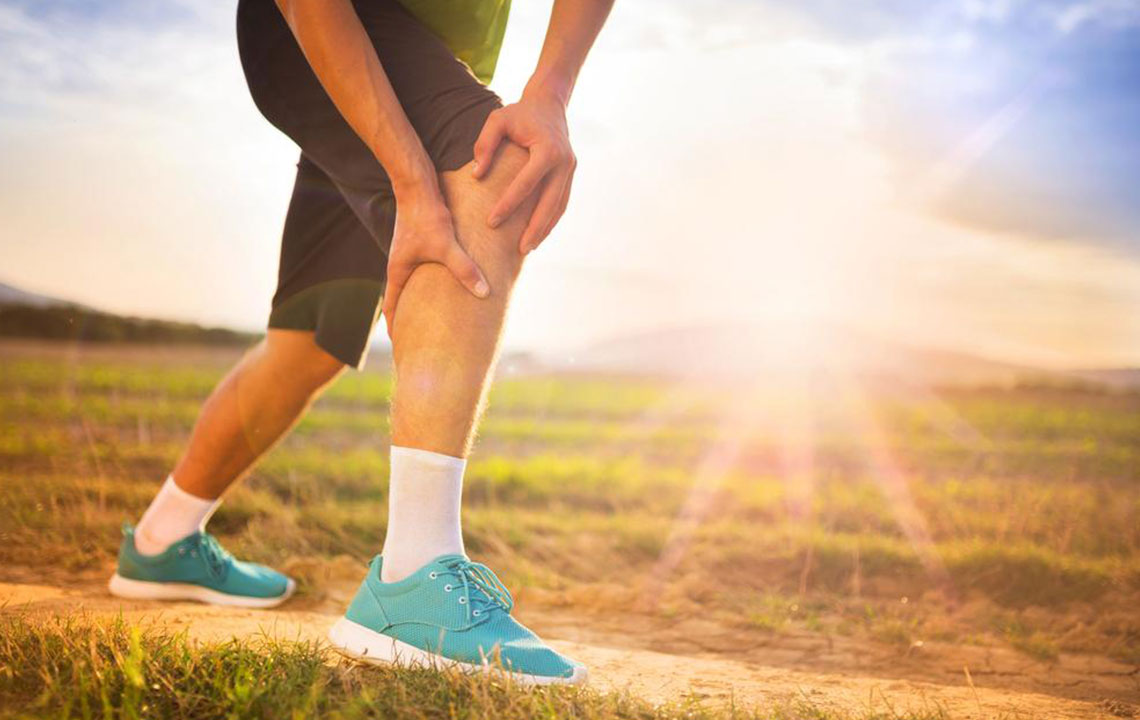Understanding Leg Discomfort: Causes and Treatments
This article provides a comprehensive overview of leg discomfort, exploring common causes, symptoms, and effective home treatment options. It emphasizes the importance of accurate diagnosis and consulting healthcare professionals for persistent or severe pain, including conditions like DVT and stenosis. Simple remedies such as exercises, diet, and medication can help manage mild cases, but professional advice is crucial for proper care and recovery.

Understanding Leg Discomfort: Causes and Treatments
Overview of leg discomfort
Leg discomfort can manifest as occasional or persistent pain, developing either gradually or suddenly. It may affect the entire leg or specific regions like the knee, ankle, or shin. The sensations range from sharp, stabbing, or dull aches to tingling or numbness. While minor discomfort can be bothersome, severe pain may hinder walking or standing, significantly disrupting daily life.
Below are details on common causes, types, and management strategies for leg discomfort.
Causes of leg discomfort vary among individuals.
Common reasons include overuse, injuries, or degeneration of bones, joints, muscles, tendons, or ligaments.
Problems in the lower spine can also lead to leg pain.
Circulatory issues like varicose veins, blood clots, or poor circulation may be contributing factors.
Popular causes encompass Achilles tendinitis, fractures, chronic exertional compartment syndrome, deep vein thrombosis (DVT), gout, hamstring injuries, herniated disks, cramps, osteoarthritis, psoriatic arthritis, reactive arthritis, sciatica, and septic arthritis.
Types of leg discomfort
Various underlying issues produce similar symptoms, making timely diagnosis essential for effective treatment. Recognizing specific signs helps in accurate identification. Common types include:
Peripheral arterial disease (PAD): Reduced blood flow causes cramping and pain during activity, especially when walking, climbing stairs, or in the thigh, calf, or foot areas. Rest typically alleviates symptoms, but PAD can be life-threatening if untreated.
Sprains and strains: Usually resulting from injury or intense activity, these cause varying degrees of pain, often passing with rest or conservative treatment.
Deep vein thrombosis (DVT): A serious condition where blood clots obstruct deep veins, causing swelling, warmth, and pain—particularly on one side. Immediate medical attention is crucial.
Shin splints: Overexertion leads to tenderness and pain along the shin, often linked to sports activities.
Stenosis: Narrowing of the spinal canal results in nerve compression, causing progressive pain in legs and elsewhere, often difficult to treat.
Can leg discomfort be managed at home?
Many mild cases respond well to home remedies, which are generally simple and non-invasive.
However, some issues, like sciatica or DVT, may require professional intervention. Home treatments can help alleviate symptoms but should be supplemented with medical advice if symptoms worsen.
Consult your healthcare provider for proper assessment before starting any self-care routines.
Effective home remedies for leg discomfort
Depending on the cause, these strategies may help reduce pain or eliminate symptoms:
Perform gentle, low-impact exercises and stretching
Maintain a balanced diet rich in anti-inflammatory foods
Stay well-hydrated
Consider nutritional supplements if deficiencies exist
Use over-the-counter NSAIDs for acute pain relief










